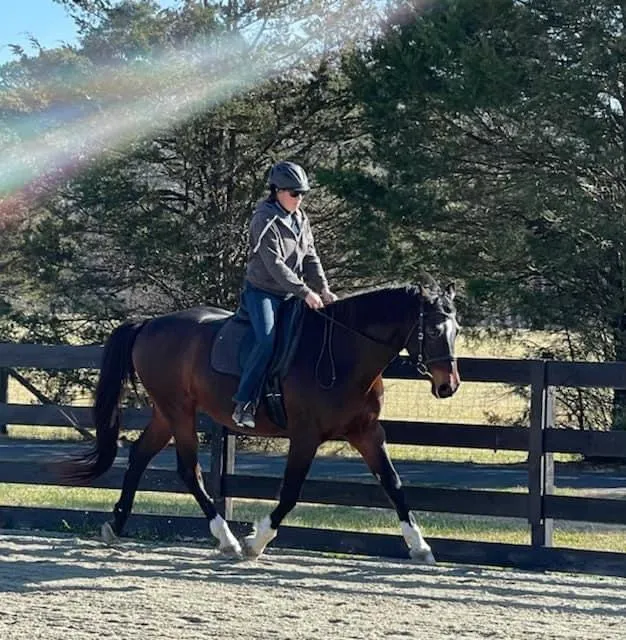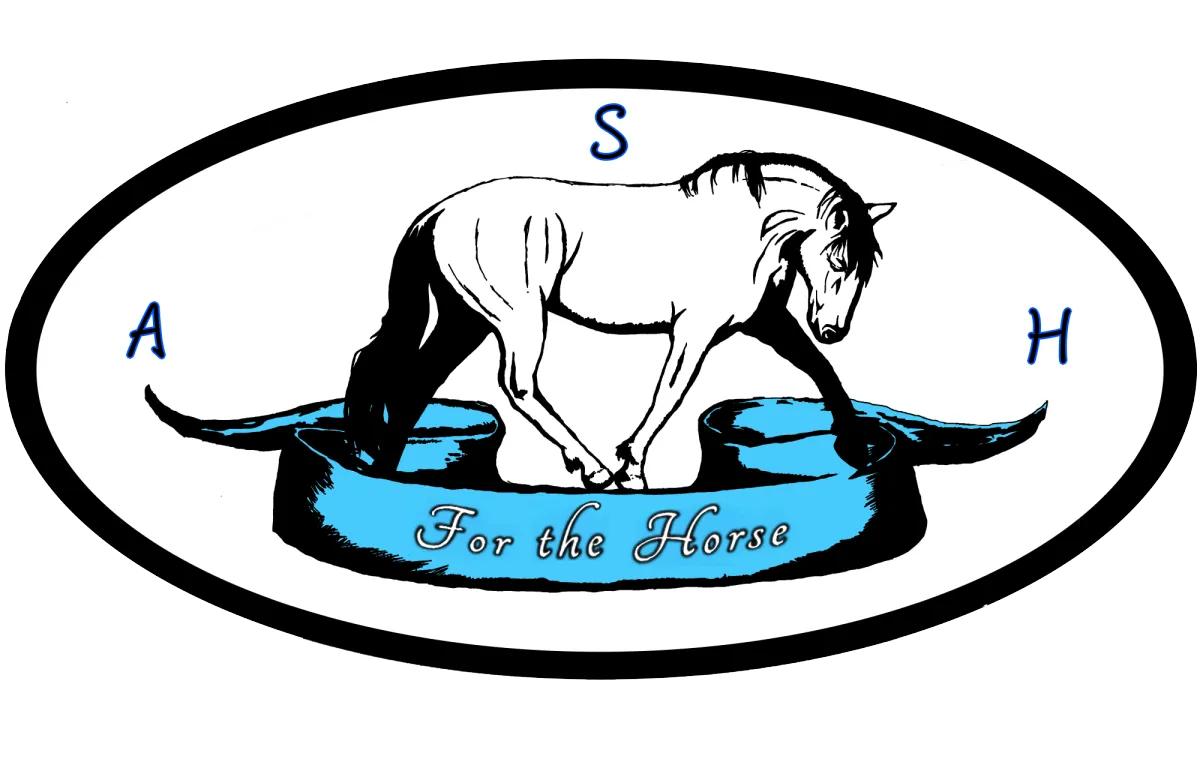BLOG

How To Tell If Your Horse Is Moving Well
How to tell if your horse is moving well-
There are a lot of words thrown around with meanings that move from person to person: one persons collection may be deeper flexion in the hind legs and the raising of the forehand, but some people use collection to mean “head down and not pushing into the reins.”
Everyone has their own meter to describe feelings under saddle, and not everyone understands what they’re feeling or desires the same feeling. Some people are happy with a “zippiness” and electricity. Some like a heavier contact, some like a horse to not touch the contact at all. But each of these feelings create different types of mobility and different usage of the body. People often use all the right classical language, while riding a very bunched up, tight moving horse, which to me is just proof that feeling is very subjective.
So how can you tell if your horse is moving well?
I have some definitive markers:
-if they can go forward out of whatever you’re doing on a straight line in one step. This suggests the horse is carrying equally on both hind legs. If not, they will have to wiggle and squiggle their way out of the movement they were in and pull into the next movement with much assistance from the rider.
-they have an equal feeling in both reins. This assumes that both sides of the body are equal in length. That feeling depends on the riders preference for contact, but a horse who is using both sides of the body is not dumping into one rein and completley floppy in the other. They don’t feel like the second you let go of your reins they’ll fall apart either.
-they can lengthen, shorten, or change gaits with relative ease, without their head and neck height being affected too much- this is to say, without riders hands blocking the head. Meaning, if you let go of the reins and the head pops up, you were blocking the neck, and the hind leg wasn’t active. A well balanced horse can make changes with some ease (not always the same as prompt responses – because they can sometimes respond either promptly, or smoothly, and these are different). They are organized in their body and don’t require begging from the hand or nagging from the leg to get to the next gait. Their head is no longer being used as a lever so it does not pop up or thrust down, because they are using the hind legs well.
This last one takes some tactful understanding of your horses ability- it wouldn’t be fair to expect immediate responses, from halt to canter for example, on a green horse, with any fluidity. Maybe from walk to trot.
But the level of ability of the horse to transition from one gait to another with ease demonstrates their ability to carry.
So these are some ways to determine how your horse is going. These to me are free of discipline and useful for any horse to be able to do.
To recap
-can go forward after whatever you just did in one straight step
-equal in both reins
-can change gait with relative ease
GIVE YOU AND YOUR HORSE A PATH FOR DEVELOPING QUALITY HORSEMANSHIP.
© 2024 Amy Skinner Horsemanship. All Rights Reserved.
